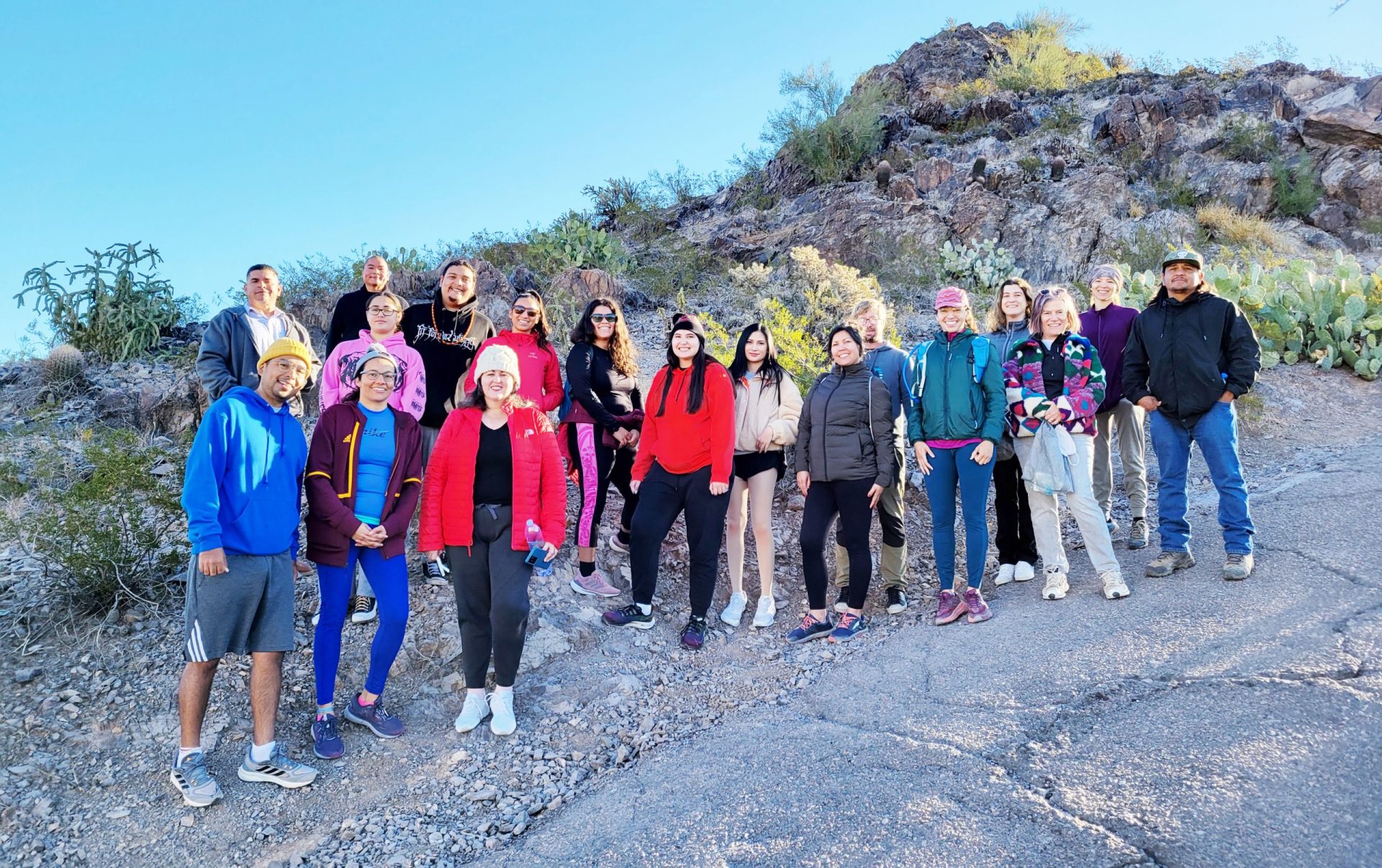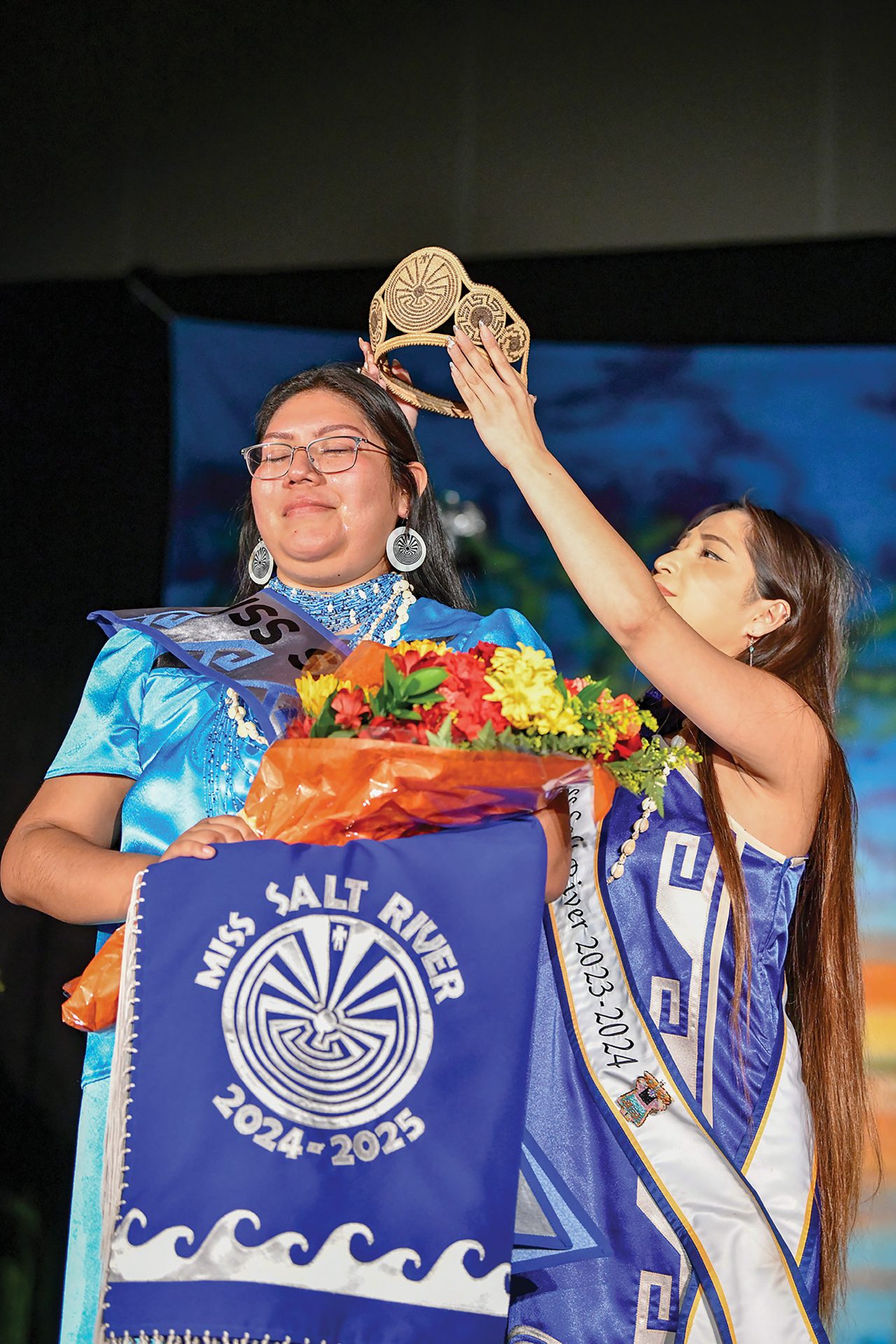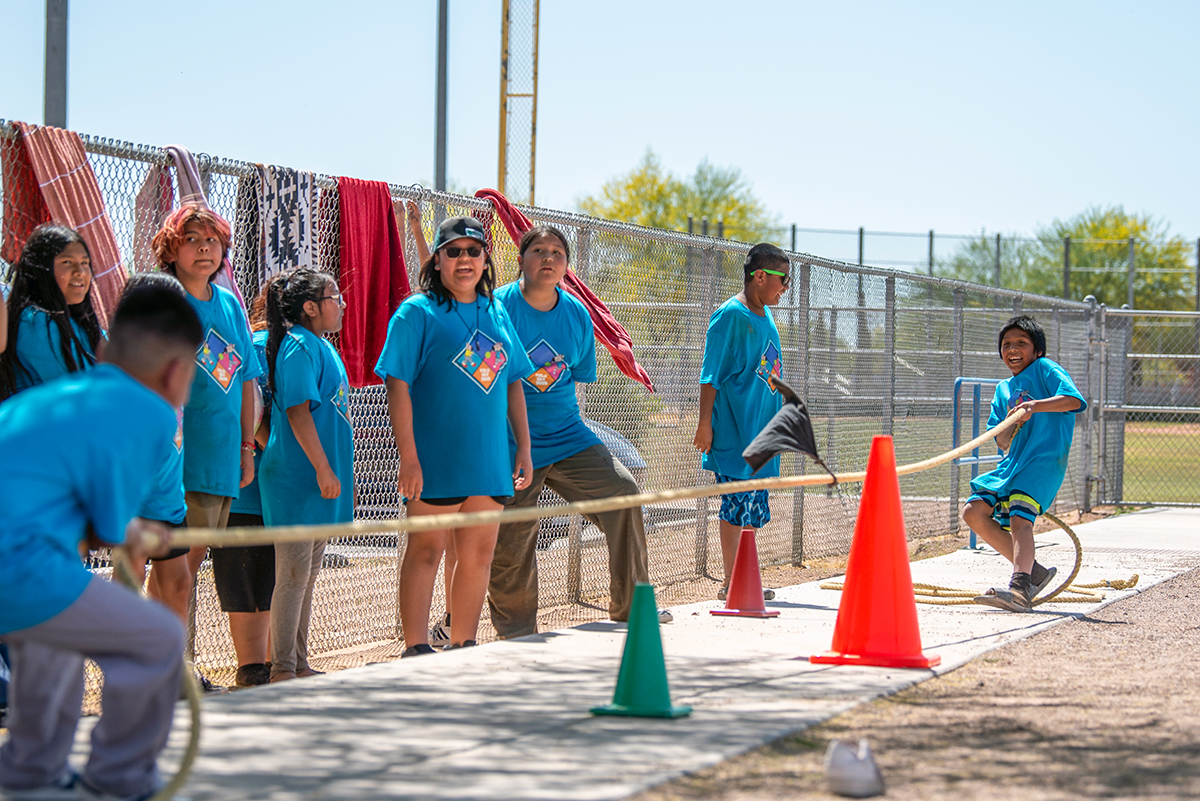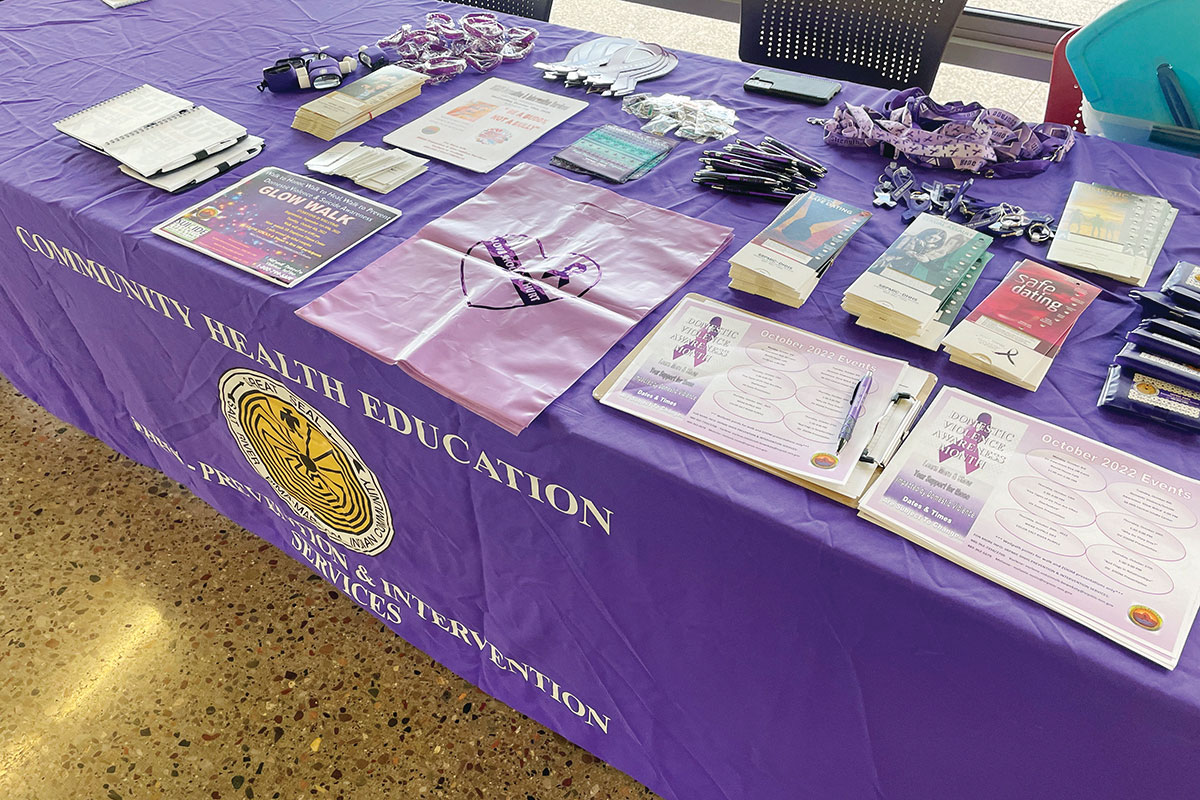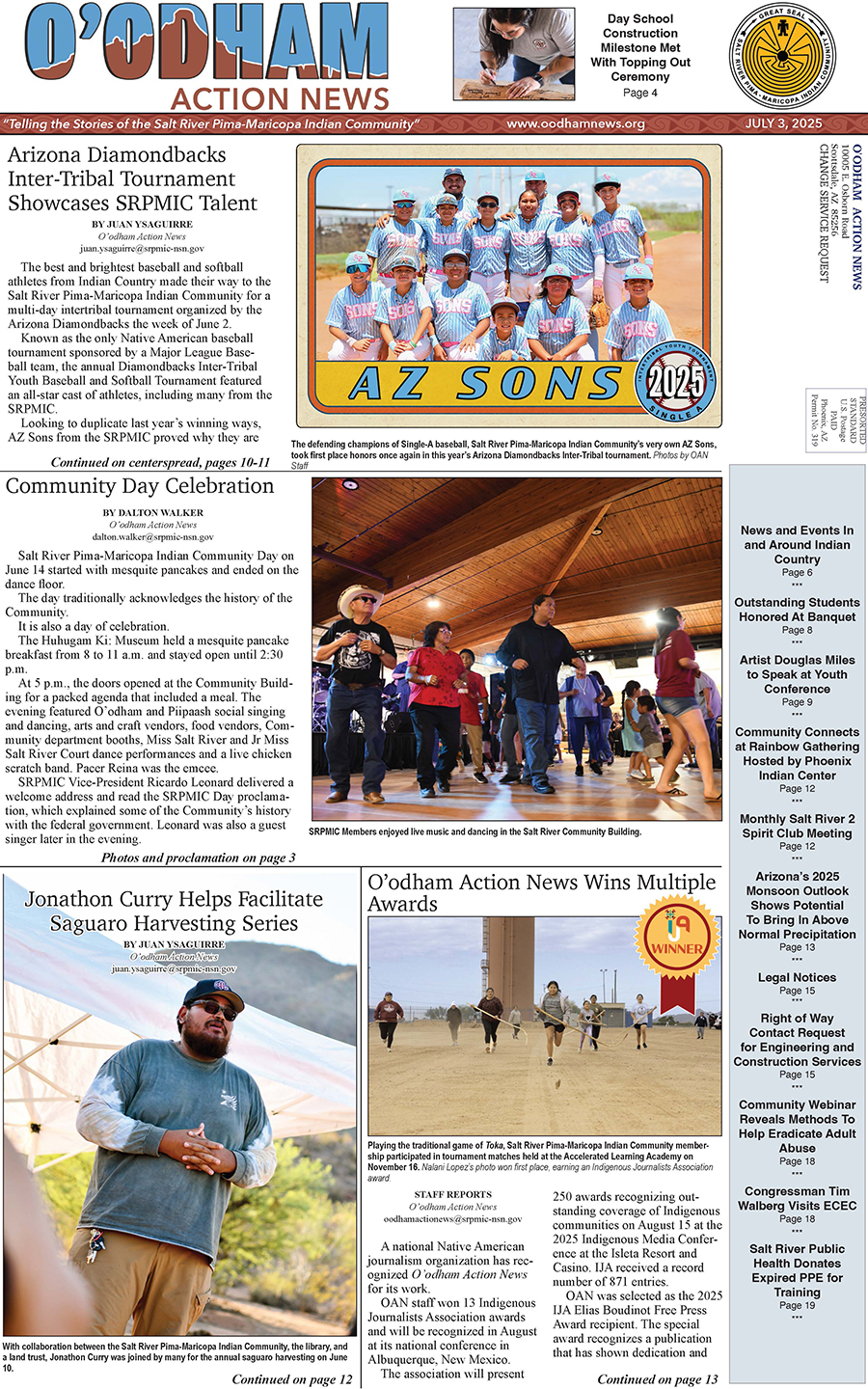VIEWS: 1785
December 14, 2022Labriola Center Students and Staff Tour Tempe Butte
On November 19, students and faculty from the Labriola National American Indian Data Center, an Indigenous-centered library within the Arizona State University Library, took a tour of Tempe Butte, also known in O’odham as Oidbaḍ Do’ag and in Piipaash as Xwe Nyakuuly.
The butte is a culturally significant site for the Salt River Pima-Maricopa Indian Community and the Four Southern Tribes of Arizona.
SRPMIC Council member-elect and Community Garden coordinator Jacob Butler led the tour to share the importance of connectivity and line of sight from place to place from the butte, showing how those connections help relay stories and a feeling of belonging to the area through cultural relationships to the sites and events in O’odham history.
Butler said that he was initially hesitant about sharing information that might not be culturally appropriate to share with non-O’odham, and, to an extent, he avoided delving into cultural religious aspects of the importance of the site, which are reserved for the O’odham.
Butler explained to the group that one of the biggest ways to advocate for the protection and care of sites like the butte is to let people know why they mean so much to the local tribal communities.
“It’s harder to ask someone to care about what we care about if they’re excluded,” said Butler. “By letting them listen and hear some perspectives on our ties and connections to our land, I think it creates better advocates for our continued connection to and ability to visit and frequent those sites.”
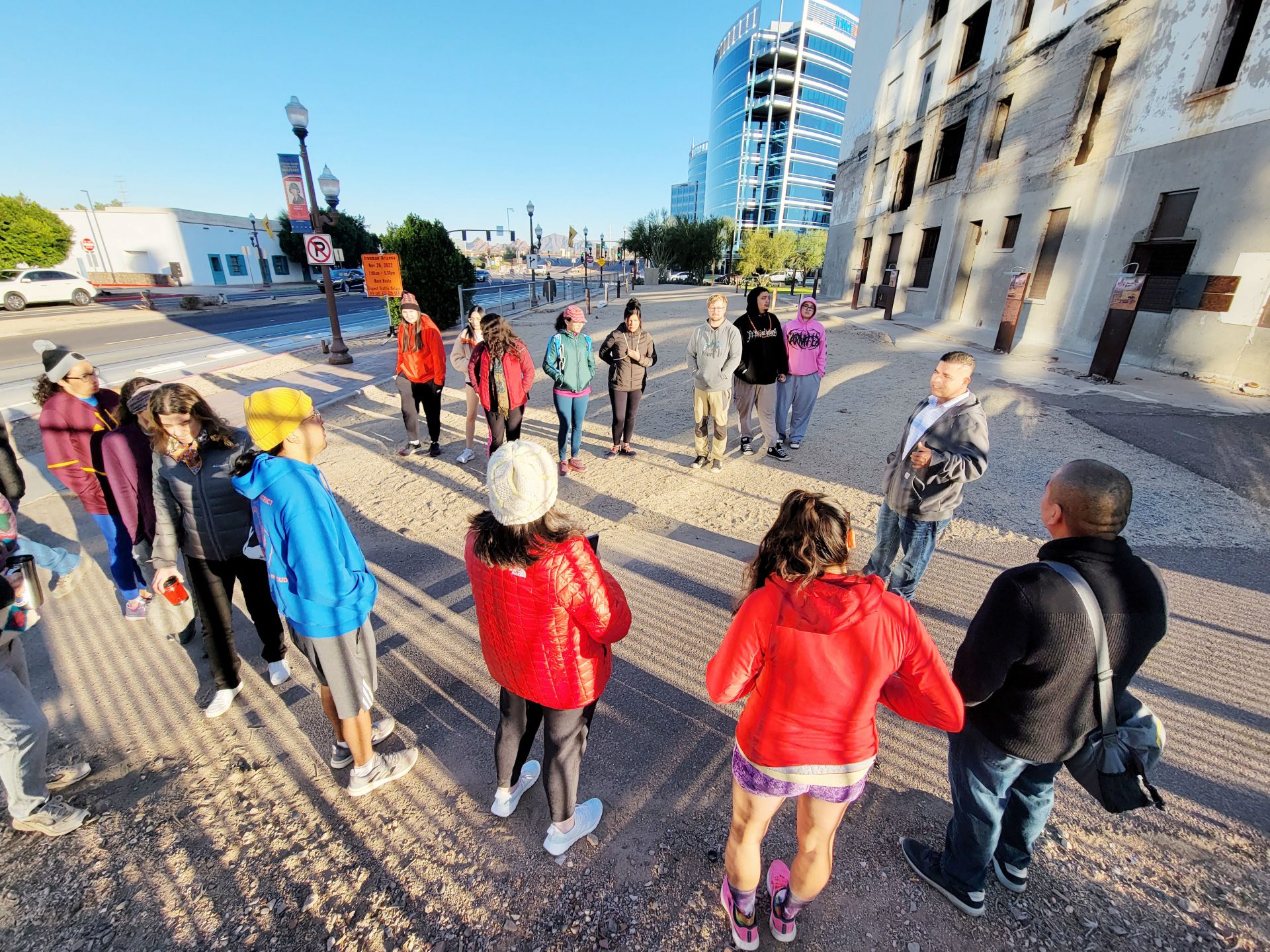
On the tour, Butler talked about how the Salt River and ancient trails and trade routes across the river at the Mill Avenue Bridge played a role in creating the city of Tempe. The group also visited the Hayden House, which Butler told them was built on top of an O’odham ancestral site, and walked to Tempe Town Lake, which Butler said was once the river.
“It doesn’t look anything like the river once was,” said Butler. “For the Akimel O’odham, as a river person, it tells the story of the loss of our river and how it’s being used now for something that it never really was intended for.”
Eric Hardy (Diné), Labriola Program Coordinator Sr., said that by providing space for local Indigenous peoples to share their perspectives, the Labriola Center is seeking to disrupt settler narratives that have displaced and removed Indigenous communities from their traditional lands.
Labriola student workers Baylee LaCompte (Standing Rock Sioux) and Nataani Hanley-Moraga (Navajo/Húŋkpapȟa Lakota) were two of the few Indigenous students to take the tour.
“The tour was more significant than the land acknowledgment because I was educated and shown the original landscape and water canals, rather than reading about the significance of the land and the original inhabitants,” said LaCompte.
Hanley-Moraga said that one of the most impactful experiences of participating in the tour was hearing O’odham history intertwined with cultural values and beliefs against the backdrop of contemporary downtown Tempe.
“[Although they] might be beautiful in some eyes, the names of the conglomerates on pseudo-skyscrapers blocked the natural landscape and segregated connectivity between other sites that were meaningful to the O’odham,” said Hanley-Moraga. “This unattractive view served as a visual representation of the damaging effects that capitalism and colonialism have had on Indigenous communities, taking place in front of our eyes.”
Stay tuned—in a future issue of O’odham Action News, we will check back with Butler to see how SRPMIC youth were impacted by the same tour a week later, comparing and contrasting the experiences of Community members and non-Community members.

